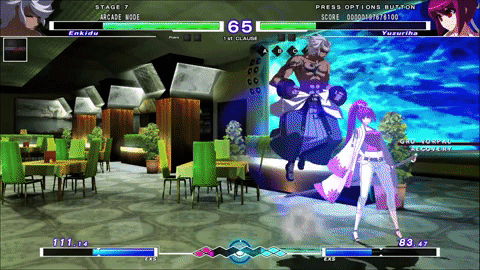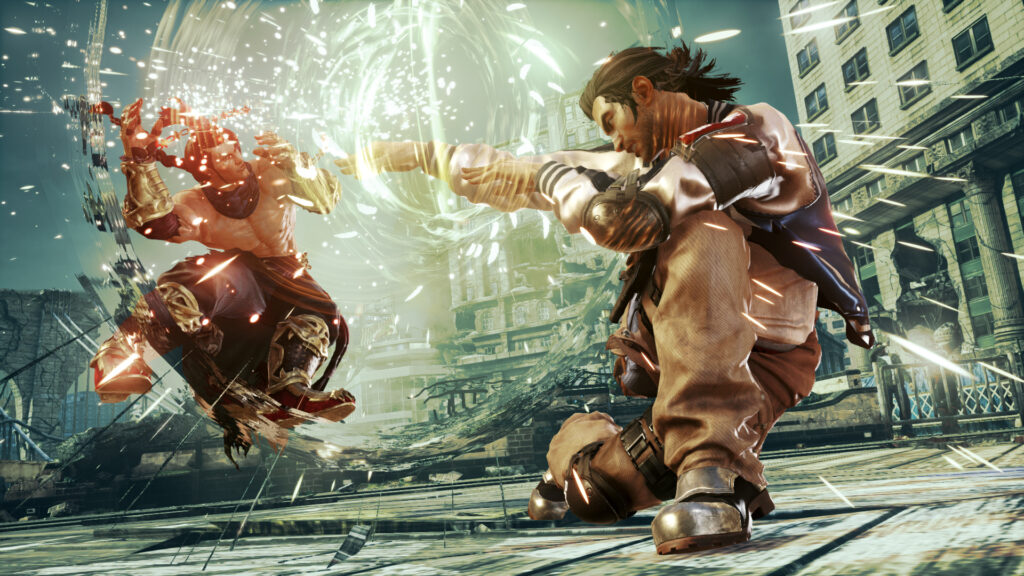As we all know, the launch week of a video game is their most important week. It’s when most of the sales happen and when the impressions go out. First impressions are important for any game, and fighting games are no exception. Even in this new era of live services and the “we’ll fix it later” mentality, first impressions are paramount. What makes a successful launch week for a fighting game?
We could simply say the game being “good” but I think there’s a bit more to it than that. Today, I want to discuss how fighting games get to that status of having a successful launch. Before we get in too deep, it’s important to note that the idea of a “successful launch” is really subjective in the eyes of a publisher. These days, a game can push seven million units, and still be a disappointment. For fighting games, I want to set a metric. When I think of a successful launch week for a fighting game I think of a combination of public reception (sales), online presence, and initial tournament turn out. I think a healthy combination of the three call for a successful launch. I also want to point out that the launch of a game is not the same as the lifespan. A game can have a great launch, but have a terrible lifespan and vice versa. Got it? Let’s move on.
After a fighting game is announced, they usually ask the same questions. What characters are in it? What are the mechanics? When is the beta/demo? That last one is the first part of any successful launch: getting it into people’s hands. Today, more than ever, people want to be able to play the games they’re about to drop $60 on. That’s reasonable. The more privileged players such as pros and big YouTubers/Streamers will have that ability and report back what they find. That’s fine. But, nothing beats the hands-on experience. The only frustrating thing is having betas and demos locked behind a pre-order or a luck of the draw. Especially those stress tests. How do you only get a sample set of people and call it a real stress test? Stupid.
Coverage is another big factor, as stated above since our favorite players and YouTubers have already gotten their hands on a game long before we have. Finding opinions we trust can usually sway people to wanting to play the game if you can’t find a way to play it yourself. For example, people look to Maximillian for game advice. If he says a game is rough, chances are there’s a good chunk of his 1 million subscriber fanbase that’s going to give that game the side eye until he says otherwise. Such is the way of social media marketing, I suppose.
Visibility is probably one of the more underrated reasons for a game’s success. That sounds trivial when we think of games like Street Fighter V or Mortal Kombat 11. Of course we see them. They’re huge games! How could we not? Even the anime games like BlazBlue and (finally) Under Night In-Birth don’t have that issue. But there are a lot of fighting games people aren’t that privy to. How many people have heard of Blade Strangers or Fighting EX Layer and bought it? In the fighting game sphere, most people have. But remember, the hardcore fanbase isn’t the only fanbase that makes a game successful. The casual crowd also has to know about these games. There are games I’m still learning about! More fighting games drop than we realize and it’s because in the indie space, visibility is hard when you have these juggernauts taking most of the public attention.
The pedigree of a developer/publisher/IP is one of the most important factors to people buying games that some don’t even really think about. When it comes to a fighting game, we’ve come to expect certain things from certain companies or certain IPs. If I pick up an ArcSys game, I expect a fast-paced anime game with a lot of mechanics and complex combos. If I pick up a Netherrealm Studios game, I expect a good story and characters that have twenty or so strings with only four of them being good. Namco Bandai‘s anime games? I expect them to be incredibly casualized and unbalanced to hell and back, but still incredibly fun. Capcom…well, I expect the Dragon Punch motion to always be in their games. Other than that, it’s hard to tell what they’re going to do…but people like me will most likely buy it. Point is, in certain games, we expect some things to stay the same with little tweaks here and there to justify the next entry.

Tekken, right? People who have bought many entries of Tekken have always known what Tekken is: a game about spacing, punishes, and juggle combos. They may tweak how those juggle combos work, but chances are they will always be there. I do not foresee a Tekken without them. Street Fighter will always have the basic quarter circles, DPs, and charge motions; characters will usually transfer over to their new iterations. Unless they do what they did to Vega in Street Fighter V and just destroy the character. But things like this definitely help contribute because buying a game where it mostly feels the same is a comforting reassurance. You have a foundation, so why wouldn’t you want to play it and see what’s new with it?
The last point I want to touch on has probably been more important in the past three or four years than ever before. How was the beta/demo? This was always important, but demos for fighting games have changed over time. Now not only are we testing the game, we’re testing the online experience. To explain, I’ll compare two experiences I’ve personally played. Soul Calibur 6 is a fun game. A VERY fun game. The online experience is utter trash and has been since the beta. You either get a game that’s buttery smooth if you have said your prayers and given offering to your god of choice. However, most times the online was horrible. To call the lag unbearable would be an understatement. Since then, I’ve never really played the game online. On the other end, to this day I have not had a bad game of BlazBlue Cross Tag Battle online. Which is surprising since BlazBlue is notorious for garbage netcode and needing a specific stage to make it even playable. It amazed me how well it ran on the Switch and PS4, especially the Switch since it was over a Wifi connection. Since then, I play that game almost exclusively online.
Those first experiences we have with a game will be what drives our purchase more than anything. There were games I vowed not to buy until I got a chance to play them and was changed over to the other side. Some are harder to sway than most, and that’s fine. Developers can discourage players with things like a $40 season pass or the knowledge that if they buy a game then they’ll release a new game a year later that’s just the game you bought with all the extra content. For the long run, those sales are great. For the initial sales though, they don’t exactly help the launch. Perhaps that will change one day, though not any day soon. So long as the mass majority buy it, they’ll keep doing it. But that’s a conversation for another time. What motivates your purchase of a game? Are you one of the people that have to have a fighting game day one to stay with the curve? Let us know in the comments and all that.
